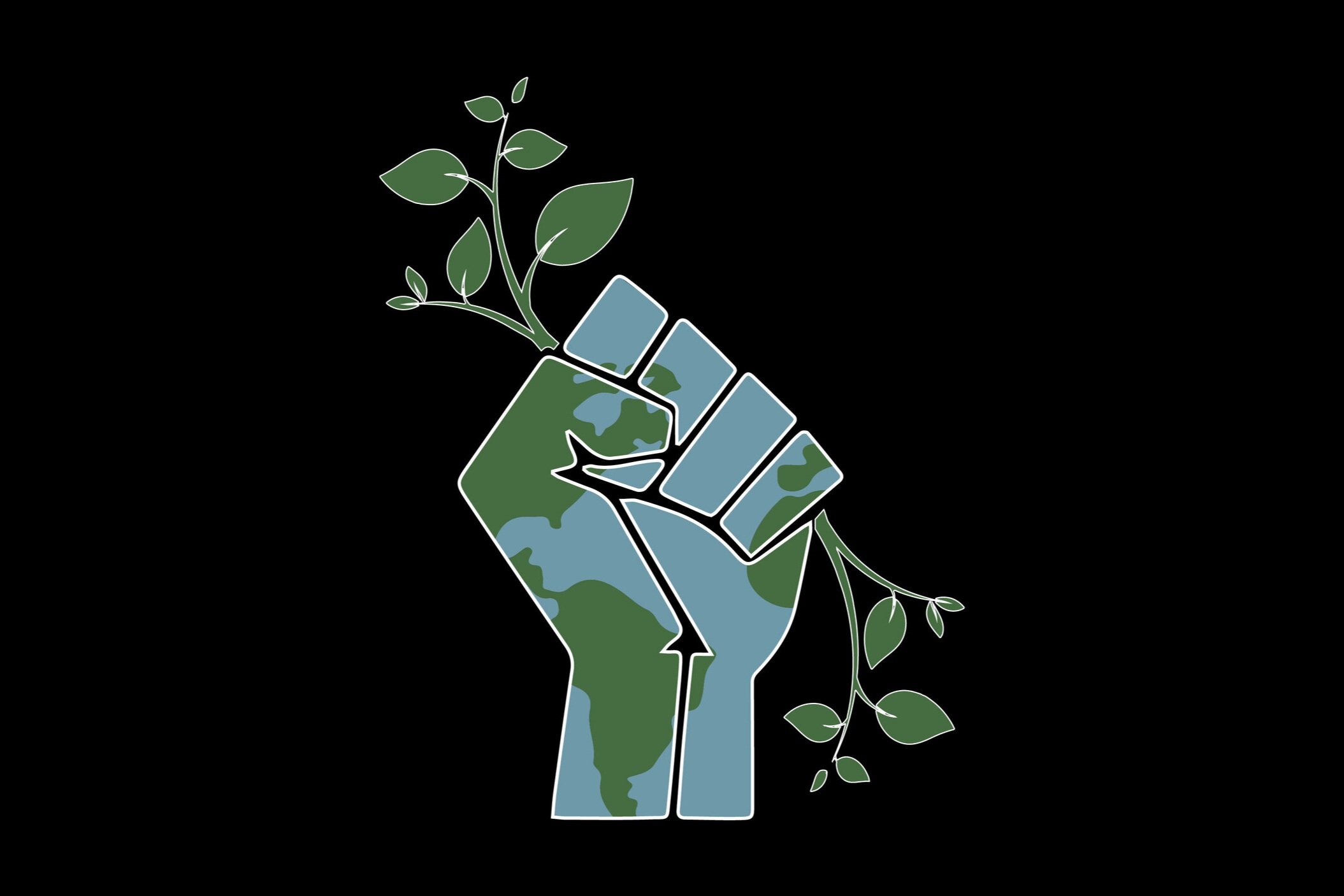Learn
The role of reuse in a just transition
A series exploring what it means to co-create an equitable reuse economy.
By building reuse into the framework of a just transition, we can create a more inclusive, sustainable future that benefits both people and the planet.
In the context of global environmental and social challenges, the concept of a just transition has emerged as essential for guiding the shift toward a low-carbon, sustainable economy. As industries face increasing pressure to reduce carbon emissions and achieve climate goals, the reuse economy is gaining momentum as a key solution. A just transition focuses on creating opportunities for the most impacted communities, ensuring that new green jobs are accessible, and providing support for workers displaced by the shift to sustainable practices.
Through this series, we turn to just transition principles to explore how reuse fits into or is in conversation with every element of a just transition — sharing case stories in multiple formats, from interviews to videos to written pieces.
We intend for this series to be an ongoing and inclusive conversation. If you have any thoughts or would like to contribute, please reach out to us—and feel free to carry on the conversation in the comments below each post.
Just Transition Principles
There is no one set of authoritative principles guiding a Just Transition, and groups working within this framework define these principles in the context of the on-the-ground work they are doing. All, however, agree on the overall parameters, summarized here:
A Just Transition shifts from an extractive, exploitative economy to one that regenerates and repairs.
A Just Transition supplies everyone an equal right to what they need to thrive (not just survive), including safe, healthy, dignified jobs, housing, education, food, air and ecosystems—from within their own communities/on their tribal lands.
A Just Transition means sustainable development happens parallel to and in support of recovery and maintenance of a clean environment and healthy communities (no “sacrifice to a greater good”).
A Just Transition emphasizes solidarity, cooperation, interconnectedness, and social and public production.
A Just Transition brings all stakeholders to the table from the start, putting the most impacted first (e.g. people before corporations, historically marginalized before historically privileged communities). By hearing all voices, solutions can be both ancestral and science based.
A Just Transition creates governance structures and economies that allow for self determination, robust local communities and social safety nets, and ecological responsibility.
Just Transition Series Articles
Lessons in applying Just Transition principles to Upstream’s reuse project at Grand Canyon National Park.
image: National Park Service
Part III of a conversation with Jo Banner and Frankie Orona, an installation of Upstream’s project exploring the role of reuse in a Just Transition.
Part II of a conversation with Jo Banner and Frankie Orona, an installation of Upstream’s project exploring the role of reuse in a Just Transition.
image credit: Society of Native Nations
Part I of a conversation with Jo Banner and Frankie Orona, an installation of Upstream’s project exploring the role of reuse in a Just Transition.
How reuse can meet the objectives of a just economy as well as provide safe, healthy, dignified jobs.
We know reuse plays a crucial role in a just transition to a more sustainable economy—but we’ve not yet explicitly stated how and why this is so.
Archives
Previous work and resources in which Upstream explored environmental justice and a just transition in the context of reuse.





































Exploring the role of policymaking as it relates to a just transition to a reuse economy.